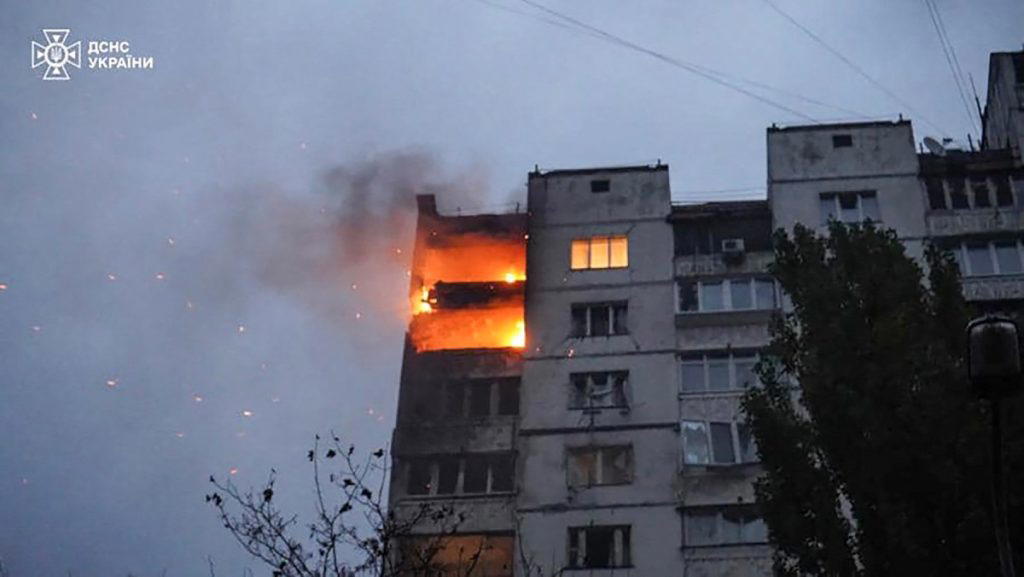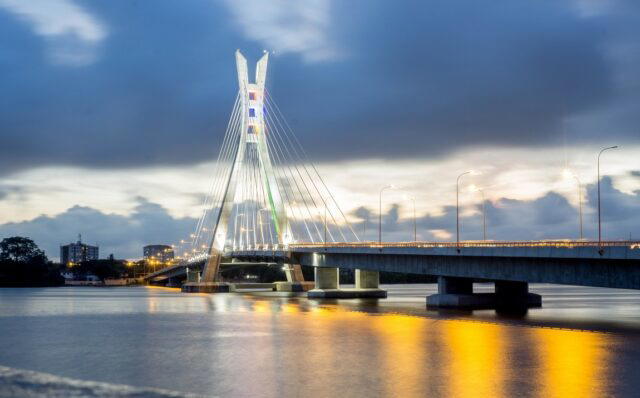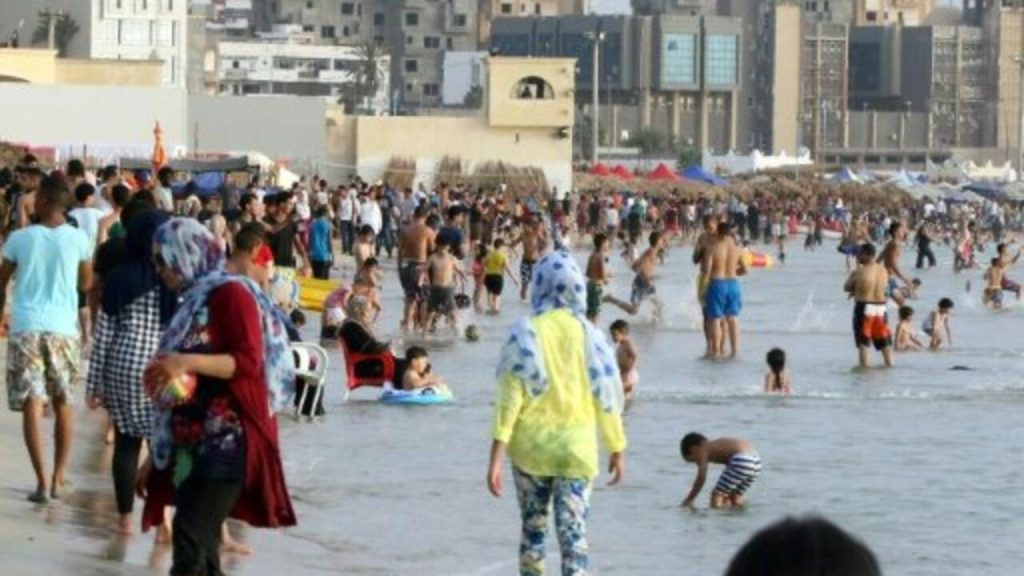By Patrick Igwe
Life in every city comes with its challenges, but in some corners of the world, survival isn’t just about making ends meet. It’s about navigating conflict, economic hardship, insecurity and broken systems every single day.
While these cities are home to millions with rich histories and cultural pride, they also rank among the world’s most difficult places to live based on factors like stability, healthcare, culture, environment, education and infrastructure. Stability measures crime levels, civil unrest, and the threat of conflict.
Read Also: Top 5 richest African immigrants in US
Here’s a closer look at 10 of the most difficult places to live, according to a new global liability index:
1. Caracas, Venezuela
Index: 45 | Stability: 35
Once a jewel of South America, Caracas has been brought to its knees by a collapsing economy, political unrest and one of the highest crime rates in the world. Inflation has rendered local currency nearly worthless, food and medicine are scarce and power outages are routine. For many Venezuelans, daily life means queuing for basic goods and living with the constant threat of violence in their neighbourhoods.
2. Kyiv, Ukraine
Index: 44.5 | Stability: 40
Kyiv is a city at war. Since Russia’s invasion, Ukraine’s capital has become a frontline for both military defence and civilian survival. Despite the remarkable resilience and unity of its people, Kyiv residents face air raid sirens, missile attacks, energy shortages and widespread displacement. For those who remain, each day is marked by uncertainty and courage.

3. Port Moresby, Papua New Guinea
Index: 44 | Stability: 30
Port Moresby is known for its stunning landscapes and indigenous cultures but also for its deep-rooted violence and inequality. Gang crime, poor healthcare and lack of proper housing or sanitation services have made everyday living extremely difficult. Many residents live without access to clean water or consistent electricity, and personal safety is a constant concern.
4. Harare, Zimbabwe
Index: 44 | Stability: 40
The streets of Harare echo with the frustrations of a people long battered by economic mismanagement and corruption. Once-prosperous, the city now battles chronic inflation, high unemployment and frequent power and water shortages. Despite these issues, the spirit of its people remains strong, with many turning to informal trade and community support networks to survive.
5. Lagos, Nigeria
Index: 43.5 | Stability: 30
Africa’s most populous city is a paradox of energy and hardship. Lagos pulses with life, entrepreneurship and creativity, yet it’s also drowning in gridlock, power outages, poor urban planning and rising insecurity. Millions live in overcrowded conditions, with limited access to clean water or reliable healthcare. The daily grind in Lagos is not for the faint-hearted. It demands grit and relentless determination.

6. Algiers, Algeria
Index: 42.8 | Stability: 35
Algiers, with its Mediterranean charm and colonial-era architecture, masks a quieter crisis. High youth unemployment, limited freedoms and political stagnation have led to deep frustration among the population. Though not as visibly unstable as some other cities on this list, the city faces long-term economic and social challenges that erode everyday life.
7. Karachi, Pakistan
Index: 42.7 | Stability: 20
Karachi is a city of contradictions. It is a financial engine for Pakistan, yet it is beset by insecurity and poor infrastructure. Terrorism threats, street crime, electricity shortages and pollution have left much of the population in survival mode. Its densely packed neighbourhoods often lack clean drinking water and the healthcare system is strained beyond capacity.
8. Dhaka, Bangladesh
Index: 41.7 | Stability: 45
In Dhaka, life is fast, crowded and overwhelming. As one of the most densely populated cities in the world, it struggles with traffic congestion, air pollution and fragile public services. While more politically stable than many others on this list, the city’s rapid, unregulated growth has left millions in slums and informal settlements vulnerable to disease, floods and poverty.
9. Tripoli, Libya
Index: 40.1 | Stability: 30
After years of civil conflict and power struggles, Tripoli is still far from recovery. Infrastructure is in ruins, militias control parts of the city, and reliable public services are nearly non-existent. Many families live without steady incomes and electricity blackouts are a daily reality. Hope exists, but so does deep trauma and fear.
10. Damascus, Syria
Index: 30.7 | Stability: 20
At the bottom of the list sits Damascus. Once one of the world’s oldest and most beautiful cities, it is now devastated by over a decade of war. The city’s historical charm has been overshadowed by destruction, sanctions and widespread poverty. Electricity, clean water and basic healthcare are luxuries. For many Syrians, survival has become their only goal.
The post 10 most difficult places to live in the world appeared first on Vanguard News.

